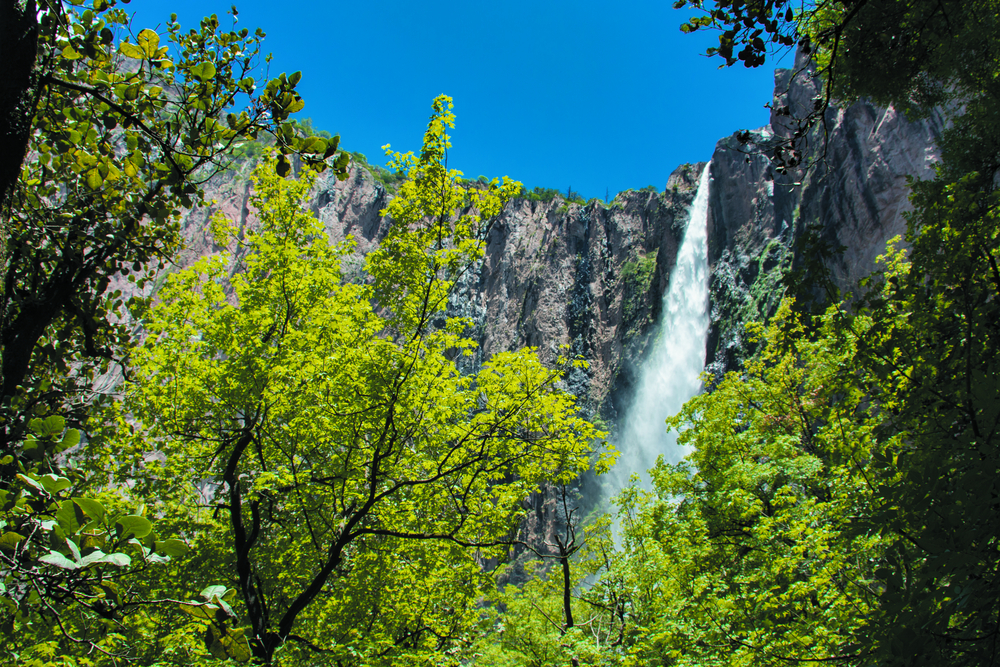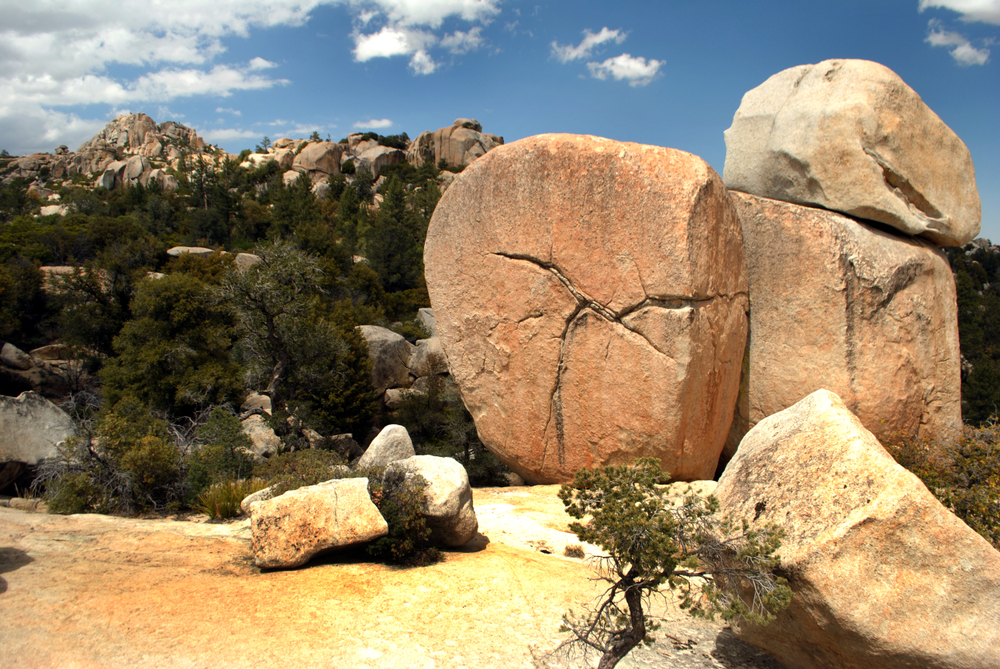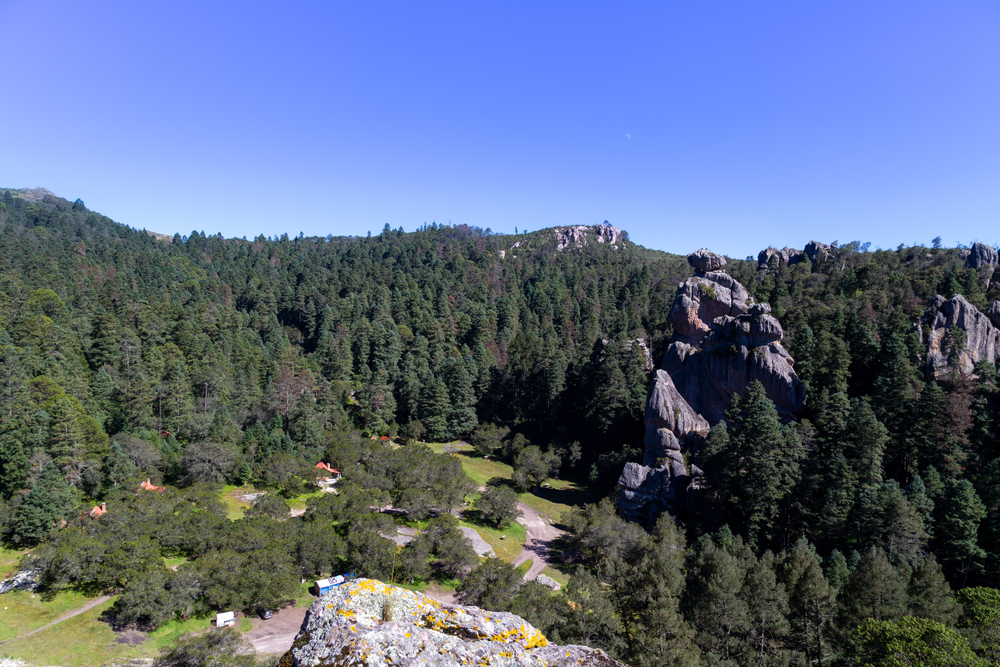El Cimatario Overview
El Cimatario National Park, known locally as Parque Nacional El Cimatario, is a protected natural area in the state of Querétaro, Mexico. Covering approximately 6.6 square miles (17 square kilometers), it is located just south of the city of Querétaro, making it an easily accessible destination for both locals and visitors.
The park is a crucial green space within the semi-arid region of central Mexico, providing a refuge for wildlife and an opportunity for outdoor recreation near an urban area. It sits at an elevation that ranges from 1,900 to 2,400 meters (6,234 to 7,874 feet) above sea level, offering panoramic views of Querétaro’s landscape.
The terrain of El Cimatario National Park is characterized by rolling hills, rocky outcrops, and low mountains, with Cerro El Cimatario being the highest peak in the park. The vegetation is primarily composed of semi-arid shrubland, featuring species such as mesquite, prickly pear cacti, yuccas, and acacias.
There are also patches of oak and pine forests in some of the higher elevations, providing an ecological contrast within the park. The dry conditions and varied topography contribute to a landscape that is both rugged and scenic, making it a unique natural environment in central Mexico.
Wildlife in El Cimatario National Park includes a variety of mammals, birds, and reptiles adapted to the semi-arid ecosystem. Among the most commonly spotted mammals are white-tailed deer, coyotes, bobcats, and raccoons. Small rodents and reptiles, including rattlesnakes and whiptail lizards, are also present.
Birdwatchers will find the park appealing, as it is home to numerous avian species, including the red-tailed hawk, golden eagle, roadrunner, and various species of hummingbirds. The diverse bird population makes it an excellent location for ornithologists and casual birdwatchers alike.
One of the most popular features of El Cimatario National Park is its network of trails, which provide opportunities for hiking, trail running, and mountain biking. The trails vary in difficulty, catering to both beginners and more experienced outdoor enthusiasts.
The Cerro El Cimatario summit is a favored destination within the park, offering stunning views of Querétaro’s cityscape and the surrounding countryside. In addition to hiking, visitors often explore the park for picnicking, photography, and nature observation. The park’s close proximity to Querétaro makes it a convenient and rewarding day-trip destination.
Visitors can engage with the park in several ways, from guided tours led by local naturalists to self-guided hikes along well-marked trails. There are also designated camping areas for those who wish to experience the park overnight, although facilities are limited.
Educational programs and conservation initiatives are sometimes held within the park to raise awareness about its ecological importance and the need for preservation. The park provides a natural escape for city residents while promoting environmental appreciation and outdoor recreation.
El Cimatario National Park faces conservation challenges due to its location near a rapidly expanding urban area. Deforestation, illegal hunting, and encroaching development threaten its delicate ecosystem.
However, conservation efforts have been implemented, including reforestation programs, stricter regulations, and increased environmental education. Local authorities and community organizations work to maintain and restore the park’s natural habitats, ensuring that it remains a valuable ecological and recreational resource for future generations. Despite the pressures of urbanization, El Cimatario continues to serve as a vital green lung for Querétaro and a haven for wildlife.














































































